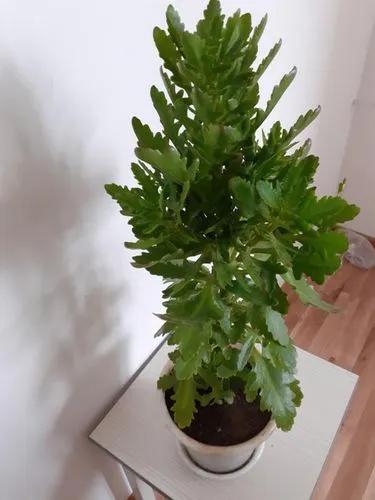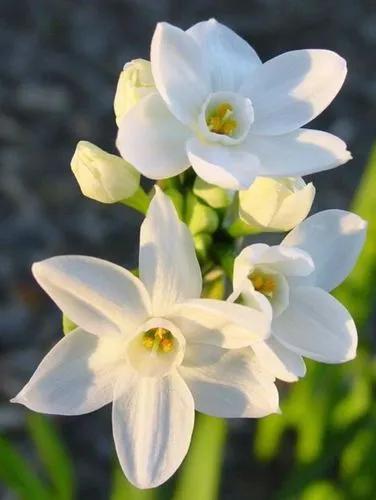Juncus articulatus is a flowering plant species in the rush family Juncaceae. It is known by the common name jointleaf rush or jointed rush, which can also refer to J. kraussii from Australia. It is native to Eurasia, Canada, Greenland, and much of the United States.
Jointleaf Rush Care
Juncus articulatus



Photophilous perennial herb. The foliage is alternate. Leaves are simple, linear, arranged along the length of the stem; the top of the leaf is sharp, the edge is smooth. The inflorescence is capitate or panicle. The flowers are 1 cm in size and have six petals; the color is brown, with green and red shades and interspersed with white. The seeds are ovoid. Blossoms in June-July; bears fruit in August-September. Hygrophytic, mesotrophic plant.Plants perennial, tufted or rhizome creeping, (10--)15--40(--60) cm tall. Stems terete, 0.8--1.5 mm in diam. Cataphylls absent to 2. Cauline leaves 2--6; leaf sheath auricles well developed, acute, free part ca. 2 mm, membranous; leaf blade terete or somewhat laterally compressed, 2.5--7.5(--10) cm × 0.8--1.4 mm, perfectly septate. Inflorescences usually broad; branches rigid, spreading; involucral bract erect to ascending, 0.7--3 cm; heads 5--30, hemispheric to toplike, 5--10(--15)-flowered. Perianth segments reddish brown with greenish midvein, lanceolate, 2.5--3 mm, subequal, apex acute. Stamens 6, 1/2--3/4 as long as perianth; filaments 0.7--0.9 mm; anthers oblong, 0.5--1 mm. Capsule dark brown, shiny, trigonous ovoid, 3--3.5 mm, apex sharply acute and tapered to a conspicuous tip. Seeds ovoid, 0.5--0.7 mm, reticulate. Fl. Jun--Jul, fr. Aug--Sep.
This plant is useful.
How to get rid of: Constant weeding. the manual method is your best option. But it is still more effective and, most importantly, much safer than using chemicals.
How to Care for the Plant

Popularity

48 people already have this plant 15 people have added this plant to their wishlists
Discover more plants with the list below
Popular articles






